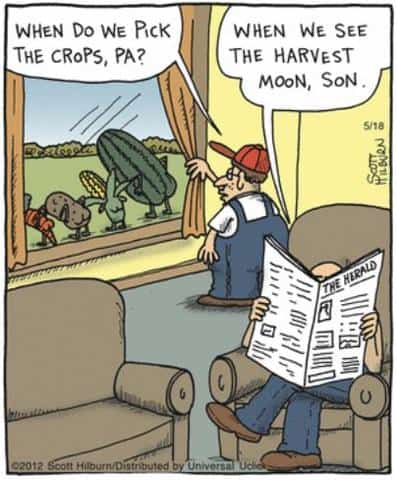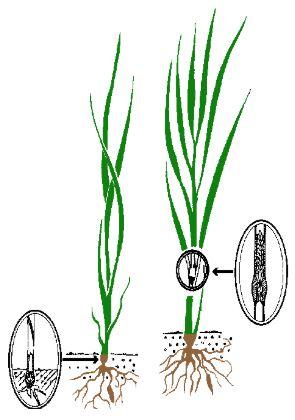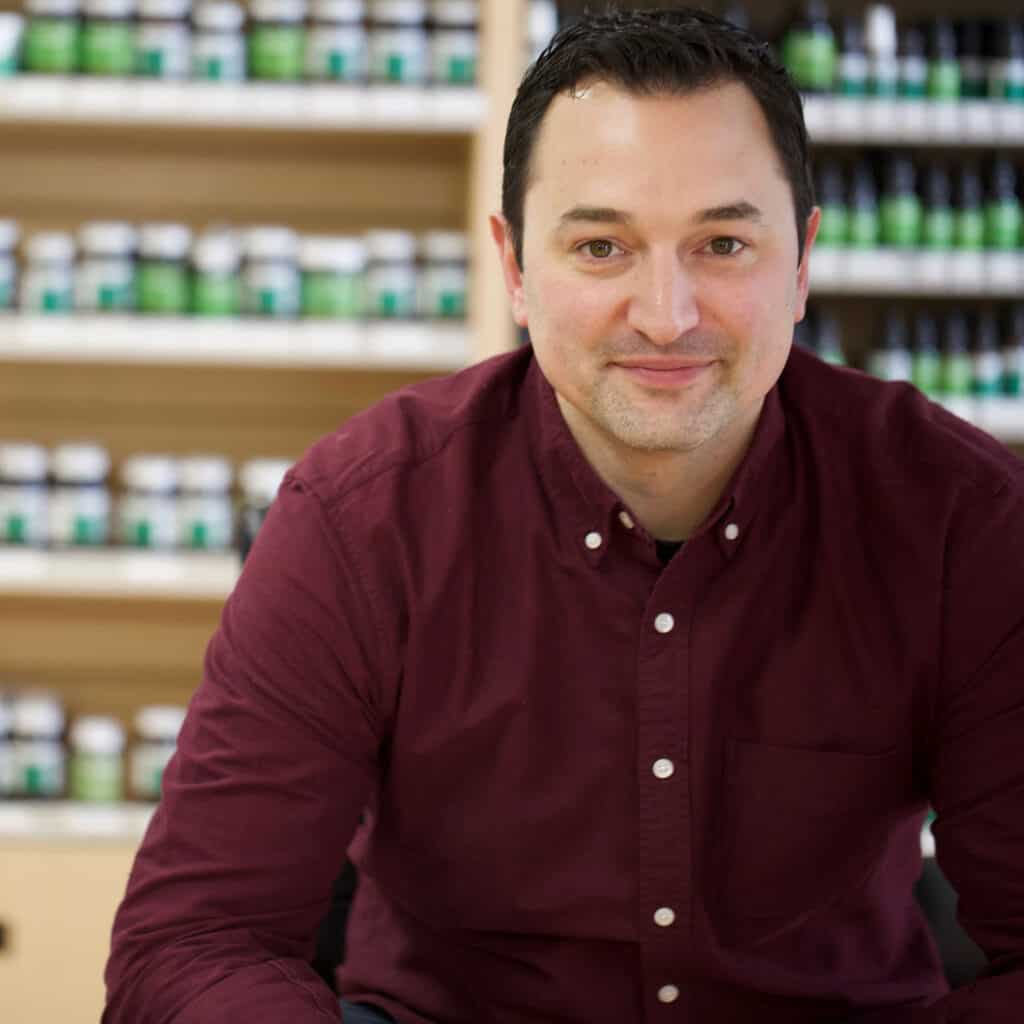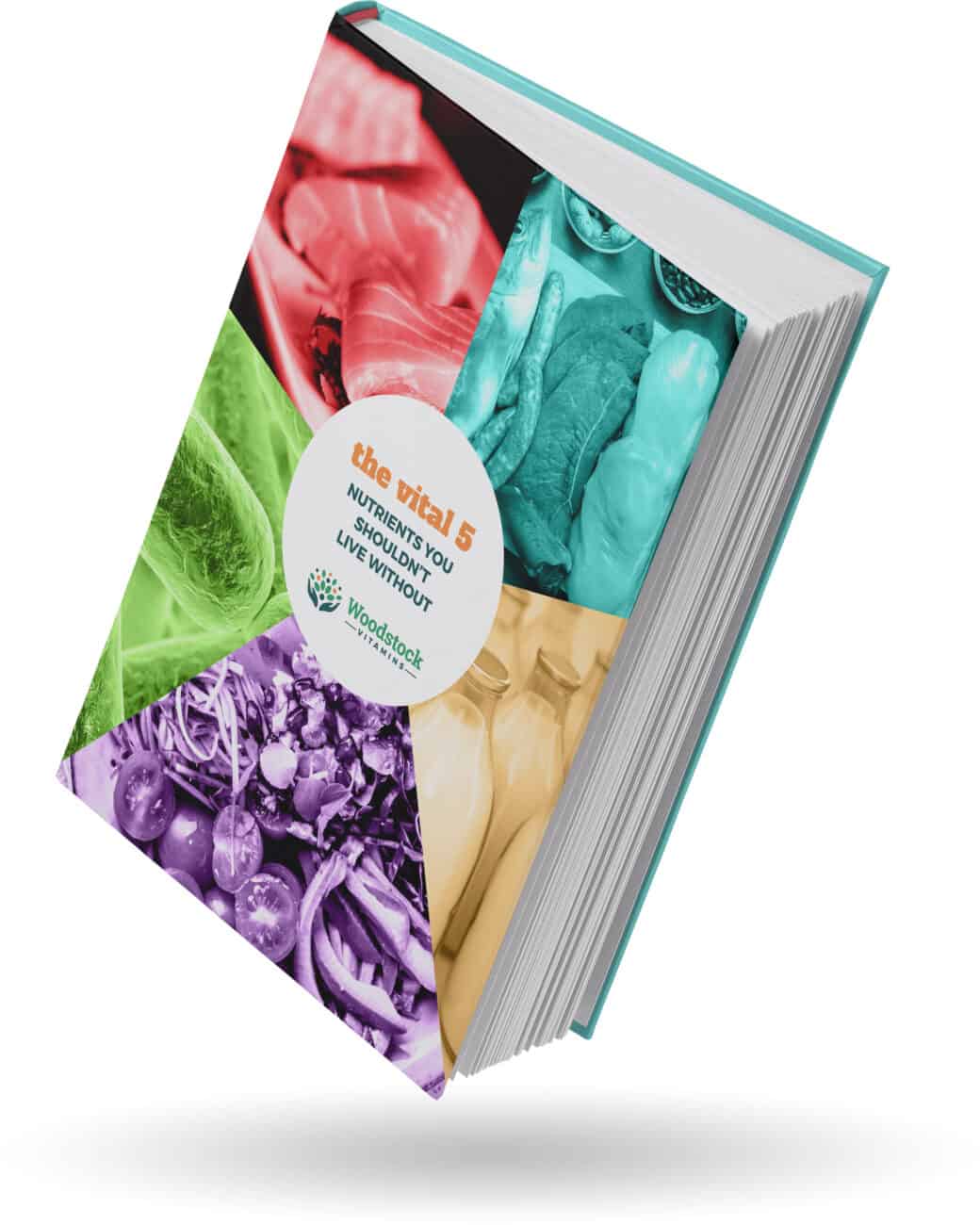We get so excited about greens that we wet our plants.
Can I keep it real with my people? My loyal readers? I know I can… it’s what keeps me writing.
Greens. Greens are one of those supplement categories that, quite honestly, doesn’t need to exist. If we’re going to be us and be 100% forthcoming, green supplements only exist because we don’t eat our veggies. I mean, some of us have been resisting since we first grew a couple of teeth. And some of us may only have a couple teeth left at this point.
If we did eat our veggies, we’d have no REAL reason to use these products. It’s not like fish oil, probiotics, or even calcium, where it’s difficult or not cost effective to get the nutrients from food. We can accomplish a lot with our diet as it pertains to the health benefits of greens.
But we don’t eat our veggies. So here we are. An entire sub-category of products has arisen to meet the demand created by our internal 4-year-old: “I’m not eating my spinach!”
I say this all in jest, of course. It is difficult for many of us to get the proper servings of green vegetables in a day, and supplements are an excellent way to accomplish nutritional goals. Only if those supplements are made correctly, of course!
Green supplements are one of our “Vital 5” Supplements – the 5 types of supplements almost EVERYONE would benefit from. It’s crucial to understand all there is to know about greens to ensure we are optimizing our health using these vital, nutrient-rich plants.
Let’s do a deep dive into the world of green supplements. By the end of this article, you will be a true greens expert, able to navigate the minefield of poorly made, overpriced, and possibly dangerous products with ease.
Chlorophyll – It Makes Greens Green
Let’s start at the beginning, with a simple, rhetorical question: Are all greens healthy?
Maple leaves are green. So is poison ivy. Should we include them in our diet?
While eating any plant, including maple leaves, would improve our dietary fiber amounts for the day, the fact they are green does not, by default, make them healthy. Just don’t eat poison ivy for its fiber.
I say this seemingly obvious point because there is an awful obsession with chlorophyll as a supplement that we should address.
Chlorophyll is a pigment found in many plants that gives them green colors. It is found in the chloroplasts, which are cells responsible for energy creation (photosynthesis, if you recall).
But that’s it. Chlorophyll has no special powers or abilities. It’s just a dye.
The health benefits of greens come from the fiber they possess and the concentrations of certain micronutrients, specifically antioxidant compounds.
Extracting out the chlorophyll and taking that on a daily basis will have no impact on your health, as it contains no healthy compounds on its own. Using orange-red dyes like xanthophylls won’t save you from eating raspberries or carrots. Taking chlorophyll won’t save you from eating broccoli.
That being said, there are two types of chlorophyll supplements: concentrates and diluted chlorophyll. If you do choose to buy chlorophyll, know that some large, seemingly cost-effective bottles are in fact small amounts of the green pigment diluted with mostly water. If you MUST buy chlorophyll, buy a properly made concentrate.
The Health Benefits of Greens
While chlorophyll alone won’t really do anything for you, choosing the right types of greens can certainly be extremely healthy for you.
Almost all healthy green will be excellent sources of flavonoids, vitamins (like C or K, in particular), minerals like iron and calcium, and antioxidants. And if you recall from our Prebiotics article, greens are rich in prebiotic compounds – food for the microorganisms that live in your gut.
We know that eating 5-10 servings of fruits and vegetables a day as part of an overall comprehensive wellness plan will improve important outcomes, especially preventing diabetes and heart disease. There is also data that shows a great short-term benefit: eating your greens (and reds) will improve your mood!
Some greens have compounds that have specific health benefits. For example, broccoli is rich in indole-3-carbinol (I3C), which is a compound that helps estrogen metabolism. Essentially, the presence of I3C ‘prevents’ estrogen from being metabolized into a potentially harmful metabolite, which has shown to be contributory towards some cancers. In cases such as these, taking a general green supplement isn’t going to yield doses high enough to have an impact, so it’s best to take a concentrate of the active ingredient.
There are a couple of false claims about what a green supplement can do. What green products are NOT rich in are proteins. Certainly, some plants are great sources of proteins, but most greens found in supplements do not have nearly any protein levels at all. Also, some people say chlorella products can help your body get rid of heavy metals. Don’t be fooled. We can point to about a half dozen popular chlorella products that CONTAIN heavy metal contaminants…
The Different Types of Green Supplements
There is a multitude of types of green plants that are very healthy for us. In the future, we’ll go in-depth about the specifics around the different greens. Let’s go through the main types of green products to get a better sense of what we are buying when we buy green supplements:
Vegetables
When we think of greens, most of us are thinking of these guys (and are actively trying to avoid them in our diet in some cases). Kale, cabbage, broccoli, spinach, and practically any other green vegetable can also be made into a green supplement. They’re healthy for us. They have antioxidants, fiber, vitamins, minerals… All of the good stuff a body needs!
Algae
All of the green and blue-green microorganisms that are rich in antioxidants fit into this category: Chlorella, kelp, spirulina, and blue-green algae. These are a great source of nutritive factors similar in content to leafy green vegetables and they are used as an important food source in Asia. They are rich in vitamins and minerals, and their oils have high levels of unsaturated fatty acids.
Grasses
Products like wheatgrass, barley grass, and alfalfa make up this category. When grown properly, grass products will have higher levels of vitamins and nutrients than their vegetable counterparts. Grass products can be sold as a juiced product or whole plant (i.e. wheatgrass Juice Powder vs wheatgrass Powder). There are different advantages for either one, but in general, the whole plant powders have a better nutritional profile.
Which Green Do I Choose?
‘You gotta eat your veggies’ says this pharmacist. Imagine, however, that this theoretical stubborn patient commits to eating just broccoli – no other greens. As the saying goes, “Everything in moderation. (Even moderation).”
Focusing on a single green is not a solid strategy. Any of the greens mentioned will have health benefits, sure, but the true benefit comes from having a diet of varied greens to get exposure to all the different compounds found in all the different plants.
The same should hold true for any green supplement you chose. You can take a green “isolate”, which would contain a single green product. Those are regularly available and have their place for some people. It’s best, though to supplement with green blends, or combinations of different types of greens.
Look for products that rely more on grasses, a little less on algae, and lightly on vegetables. The nutritional yield will be greater, more dense, and most importantly, you’ll be exposed to things it would be much less common to get into your diet.
Green Supplement Quality – A Primer
I’m proud of myself. To this point, I’ve been mostly upbeat and positive – not ranty like usual. Well, that’s going to end, as it is time to talk about quality around green supplements.
Like anything in supplement land, it is easy to talk about what a green supplement is and what the health benefits are. Anyone can go to Wikipedia or get some superficial, on-the-job training and start recommending greens as an option. Heck, you could even have a degree or advanced training in nutrition and understand the yields of flavonoids and how they differ between species of grasses. What almost no one pays attention to, which honestly is the MOST important part, is how green products are made, and how this process can, and often does, negatively impact the end product.
In general, a typical process looks something like this:

Where Do Baby Greens Come From?

There is no stork here. Greens are grown, of course, just like any other crop. Without knowing anything else, it’s easy to see that the quality of the green is dependent upon the growing conditions. What’s the soil like (for plants)? What is the water like (for algae)? The rainwater quality, the outside temperature.
Algae can be grown in open-air ponds or in sealed tanks. The nutritional values are practically the same, but the pond can be exposed to contaminants, and tanks can be filthy. Most importantly, if the algae growth process isn’t properly controlled, a dangerous kidney toxin called microcystin will be present in high amounts.
Grasses should be grown in fertile soil in the proper temperate environments. If you’ve ever had a garden, you know that things don’t happen overnight. Many grass products take months to properly grow. Wheatgrass is typically grown over 200 days. You can rush the process and use a high temp greenhouse and grow grasses in trays, getting the job “done” in just 10. As you can guess, the nutritional value is typically horrible in these rushed crops. Tray grown wheatgrass is the stuff that is frequently sold to juice bars.
Because they are plants, we must be concerned with herbicides, pesticides, and fungicides used during farming. Soil contains heavy metals, especially in countries with poor regulations (which we’re on our way to being), and those heavy metals are absorbed up by the plants.
Green Supplement Quality Concerns – Growth Phase: Watch for the presence of heavy metals, herbicides, fungicides, pesticides, and microcystin, which will be higher in poorly controlled environments. Was the farming rushed in some way that could alter the nutritional yield for the worse?
Harvesting Our Bounty

We can’t phone it in shortly after we’ve worked so hard growing our greens properly. We can screw it up royally gathering up our bounty, so similar care must be taken.
Grasses should only be harvested prior to what is called the “jointing” stage of growth. The grass leaf begins to elongate, forming a stem. The jointing stage represents the peak of its development. It’s the younger grasses that are highest in nutritional value. See the picture below:

With any plant harvesting, if you use gross tractors leaking leaded fuel everywhere, you’re going to have a bad time. Heavy metal contamination can, and does, happen after a plant has grown correctly in clean soil.
As for algae products, harvesting is about timing too. Again, microcystin levels will change over time. Improper harvesting practices without regards to microcystin levels will result in a potentially dangerous product.
From Crop To Raw Material
Before any of this goes into a capsule, it has to be converted into a usable raw material and tested for purity and potency.
There are a million things that can go wrong here. For the most part, it’s about how rough manufacturers get with the crops. Crops have to typically be milled, ground up, or turned into slushie smoothie like stuff. Vigorous blending can degrade the crop, especially algae products.
The liquefied product must then be dehydrated to yield a dry powder. High-temperature processes such as spray drying are all too common. Imagine our broccoli being cooked in a wok for 10 minutes. There’s broccoli there, but the nutritional stuff is long gone. Low temperature, slow drying methods are ideal and result in minimal loss of nutritional goodies.
Every step along this process is a risk of exposure to some harmful chemical or extraction agent. Look for products that are thoughtful about this, using best-in-class processes and processing agents.
The Final Product
The last stretch of green manufacturing really isn’t any different than any other supplement being made.
Raw materials should be received by the manufacturer and quarantined until the contents can be verified to meet or exceed proper standards. This we can (and will) write about until our fingers bleed. It is so easy to game this system and it’s practically 50% of the reason the supplements we consumers buy are literal garbage. In the case of greens, it is simple to be deceptive. A greenish powder arrives at your doorstep that kind of smells like the green in question and you want to save money, why waste time testing it when you have this perfectly good document from your oh-so trustworthy supplier stating it is “A-ok!”? Oy vey.
Because we are using foods, we want to ensure the manufacturing process doesn’t put undue stress onto the raw material. High-pressure tableting, high-temperature facilities and storage, excessive moisture exposure, and more all can degrade the green product during manufacturing.
Greens products are typically sold as powders and mixed into smoothies or shakes. Sometimes, capsules are sold for those looking for a more portable dosage form. The only downfall there is that you have to take lots of capsules to equal a scoop of powder.
The Big Green Deception
We have been working on our own green formula and have been learning more than we’ve ever known about the process. The biggest eye-opener for me wasn’t in the quality arena, as that’s been pretty well understood by us for some time. The simplest way to explain it is using my highly precise computer drawing skills:

Almost all green supplements on the market are dramatically diluted, highly processed, potentially contaminated dumpster fires.
Look, we’ll admit a 100% green powder looks a mess. It’s mud brown and sometimes doesn’t mix well. Having filler ingredients helps make the product more elegant and user-friendly. But when only 70% of a scoop size is active ingredients (with 30% being completely inert), and that 70% is comprised of mostly non-green actives like probiotics or non-nutritives, you’re being a little deceptive.
It’s not realistic to get a 100% greens powder. Know that when you buy greens, a portion of it will be filler. In our research, we found that 60% active, nutritive compounds was the high water mark for some of the best selling greens products, and most were less than half greens.
While we’re talking about scoops, let’s talk about the other big lie about greens. The marketing department of many supplement products need to collectively reduce their sugar intake, because they are too often claiming miracle benefits from their products. “One scoop is the same as 7 servings of fruits and vegetables!” I would hope we all realize that, yes, you can concentrate a food down into a powder and get more bang for your buck. It’s physically impossible to get multiples of servings out of a single scoop, especially with the knowledge a scoop is mostly diluted.
How can they make that claim? Because they use a test tube study to get a fake number that they say is equal to a set number of veggie servings. The ORAC test is not a useful indicator to compare food servings to supplement servings. Don’t be fooled: even with a great green supplement, you still have work to do to get your daily intake goals.
Vitality Approved Greens
We have lots of options in store for greens – isolates, blends, powders, capsules. Two products stand out for us as best-of-the-best.
First, SuperGreens by Nutriplex Formulas is a best-in-class green blend powder that is super densely packed with grasses, algae, and veggies.
Second, we are introducing this week a new product that is not only a great green blend, but one that has antioxidant-rich fruits as well. Our new Vital Greens and Reds is an awesome new product that contains blueberries, apples, strawberries, acerola cherries, beets, spinach XYZ. Instead of relying on inert fillers, we use plant fibers to help support digestive health. As we said in our Prebiotic article, a healthy gut requires water and dietary fibers, both we sorely lack in our diets.
Unlike even our past favorite, SuperGreens, Vital Greens and Reds has sophisticated concentrates of the foods, making it more nutritionally dense than most on the market.
The best part of our Vital Greens and Reds is a special broccoli extract made at and extensively researched by Johns Hopkins. Glucoraphanin is an extract from broccoli sprouts that is rich in sulforaphane. The research is interesting and promising, and a summary of it is found here.
Unlike everyone else, we’re not going to claim that taking our greens powder will mean you’re off the clock in regards to your veggies. We will be honest: 1 scoop of Vital Greens and Reds is the same as 1 serving of fruits and 1 serving of veggies. Awesome stuff!
Go Green in 2018
If one thing is certain, I believe that we can see tremendous health benefits from addressing the basics on a consistent basis. I don’t believe in using a magic bullet – some new extract that makes promises of a longer, healthier life. It really comes down to the basics: eating properly, keeping your calories in check, staying hydrated, and most importantly, eating a varied diet rich in healthy green plants such as grasses, veggies, and even algaes.
Green supplements often leave a lot to be desired. It’s easy to fall into the trap: the bottle of affordable, well packaged, heavily marketed, green colored, rich in “antioxidant” supplement LOOKS like the right thing to buy and use if you know you aren’t doing the best job at eating greens.
Be more informed. Question and question more. Don’t believe a brand’s hype. Look for properly made green blends. Add them as a small, yet vital part of your overall wellness plan. Most importantly, eat your veggies.
Just trying to keep it real…

Neal Smoller, PharmD
Owner, Pharmacist, Big Mouth



